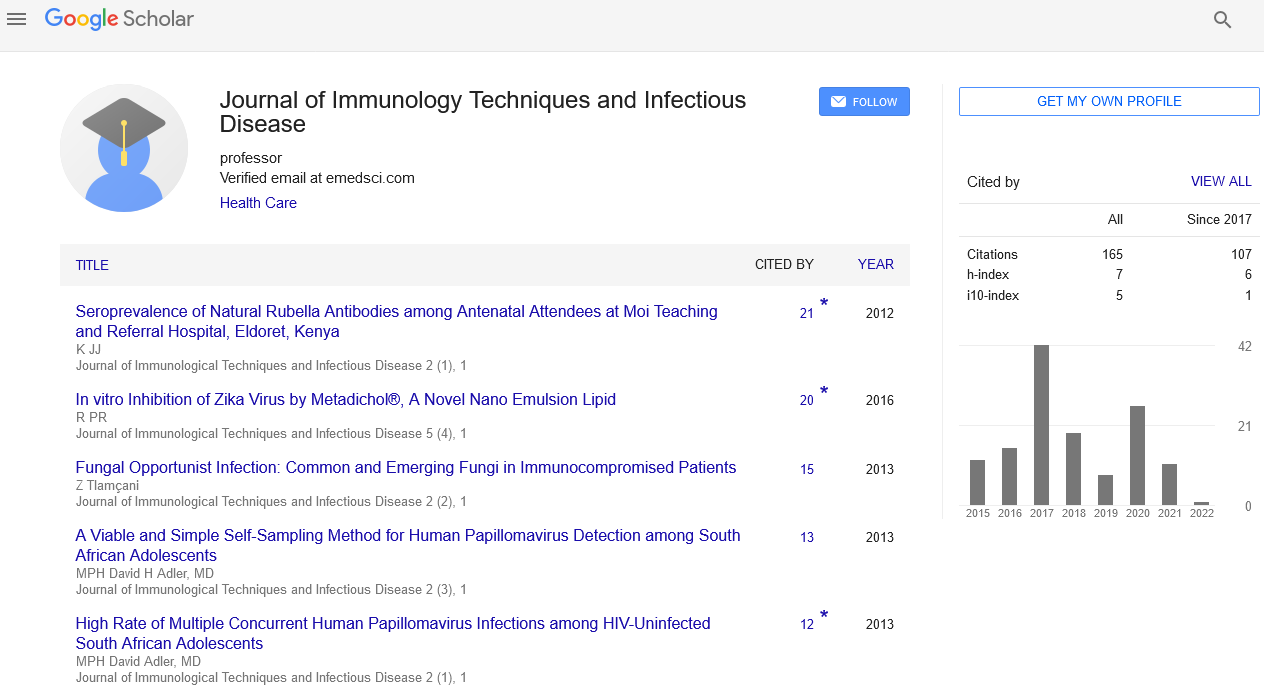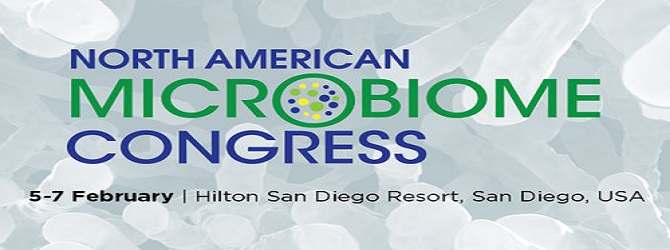A molecular basis of pathogenesis of 1918 Spanish influenza: Hijacking the host factor of type I interferon response by PB1-F2
Baik Lin Seong
Yonsei University, South Korea
: J Immunol Tech Infect Dis
Abstract
The high mortality of 1918 pandemic influenza was reported to be associated with the PB1-F2 protein, but the molecular mechanism of pathogenesis still remains elusive. We investigated the molecular and functional characteristics of 1918 and PR8 PB1-F2 proteins. Interestingly, 1918 PB1-F2 showed the proteasome-dependent degradation with low stability and strongly inhibited IFNï¢ induction compared to PR8 PB1-F2. Moreover, the low stability of 1918 PB1-F2 protein was linked with a potent inhibition of type I IFN induction and the enhanced pathogenicity in mice. The structural prediction shows that 1918 PB1-F2 belongs to the intrinsically disordered proteins (IDPs) and the mutations identified in 1918 PB1-F2 crucial for the virulence maps within the internal intrinsically disordered region (IDR). The interactome analysis of 1918 PB1-F2 revealed that an essential protein in type I IFN signaling pathway is bound and co-degraded with 1918 PB1-F2, but not with PR8 PB1-F2. The results suggest that 1918 PB1-F2 hijacks the mediator for IFN signaling into proteasomal degradation resulting in the inhibition of antiviral responses. Our results can explain, in part, the molecular mechanism of severe pathogenicity of pandemic 1918 influenza virus. The identification of the molecular determinants of highly pathogenic 1918 PB1-F2 and a host target is useful for future design of novel antiviral strategies against influenza infections.
 Spanish
Spanish  Chinese
Chinese  Russian
Russian  German
German  French
French  Japanese
Japanese  Portuguese
Portuguese  Hindi
Hindi 
